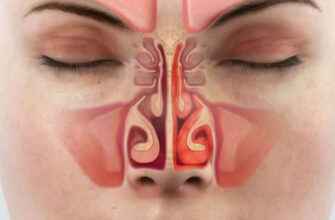Fungal nail infections, also known as onychomycosis, are common nail disorders caused by various types of fungi. These infections can affect both toenails and fingernails, and can be difficult to treat. Here’s what you need to know about fungal nail infections.
Causes of Fungal Nail Infections
Fungal nail infections are caused by various types of fungi, including dermatophytes, yeasts, and molds. These fungi thrive in warm, moist environments, such as public showers, swimming pools, and locker rooms. People who frequently wear tight-fitting shoes or have sweaty feet are also at higher risk of developing fungal nail infections.
Symptoms of Fungal Nail Infections
The most common symptoms of fungal nail infections include thickened, discolored, and brittle nails. Infected nails may also develop a foul odor and become painful. In severe cases, the infected nail may separate from the nail bed, causing discomfort and making it difficult to walk or perform daily activities.
Diagnosis of Fungal Nail Infections
Fungal nail infections can be diagnosed through physical examination, fungal culture, or nail biopsy. A doctor may also use a specialized microscope to examine nail clippings and identify the type of fungus causing the infection.
Treatment of Fungal Nail Infections
Treatment for fungal nail infections may include topical or oral antifungal medications. In severe cases, the infected nail may need to be surgically removed. It’s important to follow your doctor’s instructions for treatment and maintain good nail hygiene to prevent further infections.
Prevention of Fungal Nail Infections
To prevent fungal nail infections, it’s important to keep your nails clean and dry. Avoid walking barefoot in public areas, and wear shoes that allow your feet to breathe. Change your socks and shoes frequently, and avoid sharing nail clippers or other personal grooming tools.
Who is at Risk for Fungal Nail Infections?
People who have diabetes, circulation problems, or a weakened immune system are at higher risk of developing fungal nail infections. Individuals who frequently wear nail polish or acrylic nails may also be more susceptible to infection.
Complications of Fungal Nail Infections
Untreated fungal nail infections can lead to permanent damage to the nail bed, as well as secondary bacterial infections. In severe cases, fungal nail infections can also lead to cellulitis or osteomyelitis, which require urgent medical attention.
Home Remedies for Fungal Nail Infections
Some people may try home remedies for fungal nail infections, such as applying tea tree oil or vinegar to the affected nail. However, there is limited evidence to support the effectiveness of these remedies, and they should not be used as a substitute for medical treatment.
Coping with Fungal Nail Infections
Fungal nail infections can be embarrassing and uncomfortable, but there are steps you can take to cope with the condition. Consider wearing open-toed shoes or sandals to reduce pressure on the infected nail, and avoid activities that may cause the nail to become further damaged or infected.
When to See a Doctor
If you suspect you have a fungal nail infection, it’s important to see a doctor for proper diagnosis and treatment. You should also see a doctor if you have diabetes or another medical condition that increases your risk of complications from a fungal nail infection.
Conclusion
Fungal nail infections are common and can be difficult to treat, but with proper diagnosis and treatment, most people can successfully overcome the infection. It’s important to take steps to prevent fungal nail infections and maintain good nail hygiene to avoid future infections. If you do develop a fungal nail infection, seek medical attention promptly to prevent complications and ensure proper treatment. By taking care of your nails and following your doctor’s advice, you can successfully manage fungal nail infections and enjoy healthy, strong nails once again.











